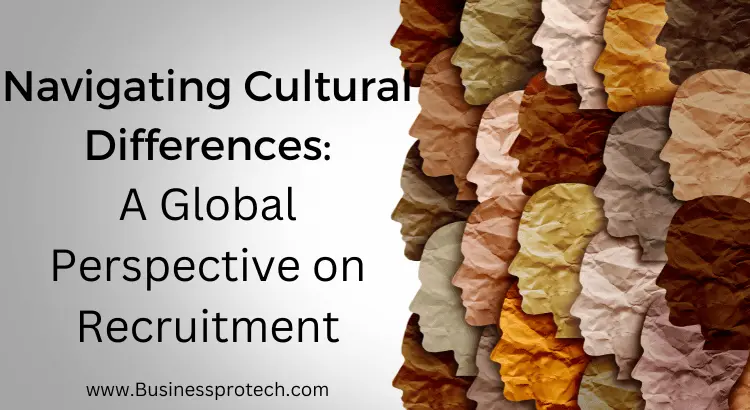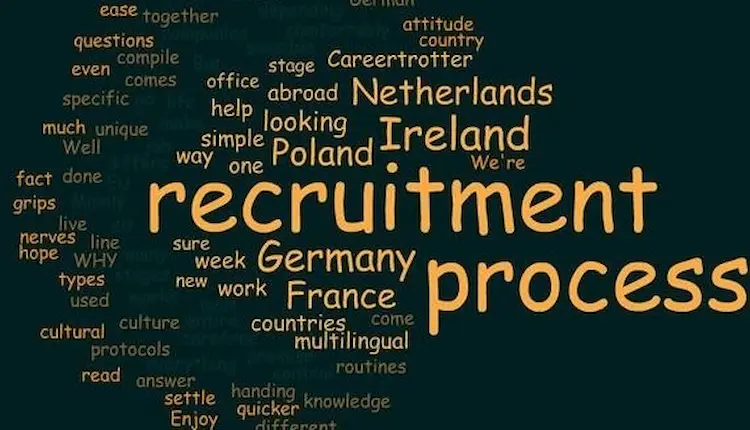“Culture eats strategy for lunch.” This thought-provoking quote by management guru Peter Drucker encapsulates the fundamental challenge faced by organizations in today’s globalized world.
As businesses expand their reach across borders, the importance of navigating cultural differences in recruitment becomes paramount. It is no longer sufficient to merely fulfill legal compliance; a multicultural workforce presents immense benefits that go far beyond ticking boxes.
Recognizing the significance of cultural differences in international recruitment is vital for creating an optimal onboarding experience for candidates. Understanding the customs, rituals, and nuances of different countries can greatly influence the effectiveness of the recruitment process.
In this blog post, we will delve into the crucial role of cultural differences in international recruitment.

The Significance of Cultural Differences in Recruitment
The global marketplace offers immense opportunities for organizations to grow and thrive. However, with expanding markets comes the need to attract and retain top talent from diverse cultural backgrounds.
Companies that embrace cultural diversity in their workforce gain a competitive edge by accessing unique perspectives, innovative ideas, and a broader understanding of global markets. The role of cultural intelligence in recruitment is very critical because it is the ability to understand and effectively navigate cultural differences.
Cultural intelligence encompasses knowledge about different cultures, awareness of one’s own cultural biases, and the capability to adapt and relate to individuals from diverse backgrounds.

Recruiters with high cultural intelligence possess the skills to bridge cultural gaps, build relationships, and make informed hiring decisions. Developing cultural intelligence within recruitment teams is crucial for building strong relationships with candidates, conducting fair assessments, and making informed hiring decisions.
Understanding Cultural Nuances in Candidate Selection
Cultural norms and values vary greatly across different regions and countries. These norms influence individuals’ behaviors, expectations, and perceptions of work. Understanding these cultural nuances is essential when selecting candidates to ensure a good fit within the organization and the specific role. Cultural fit refers to the alignment between an individual’s values, beliefs, and working style with those of the organization.
Conducting interviews with candidates from different cultures requires cultural sensitivity and effective communication strategies. However, recruiters can consider these factors to ensure cross-cultural interviews are successful;
- Cultural research
- Communication styles
- Non-verbal cues
- Language barriers
- Cultural sensitivity
By considering these steps, recruiters can conduct cross-cultural interviews that enable a deeper understanding of candidates, their qualifications, and their potential fit within the organization.

Leveraging Cultural Expertise: Partnering with EORs
EORs bring together individuals with shared backgrounds, experiences, or identities within an organization. In the context of recruitment in China, partnering with a China EOR can provide unique advantages. These services typically have a deep understanding of the local labor market, employment regulations, and cultural dynamics. Leveraging their expertise can help organizations overcome cultural barriers and establish effective recruitment strategies tailored to the Chinese market.
Crafting Culturally Inclusive Job Advertisements
Job advertisements that resonate with diverse candidates are more likely to attract a diverse pool of applicants. It’s essential to create job descriptions that reflect an inclusive and welcoming environment, making candidates feel valued and represented. By doing so, you can increase the likelihood of attracting talent from various cultural backgrounds.
Consider the language and tone used in your job advertisements. Avoid using jargon, abbreviations, or idioms that may be unfamiliar to candidates from different cultures. Keep the language clear, concise, and accessible to ensure it is easily understood by candidates with varying language proficiency levels.
Moreover, demonstrate your organization’s commitment to diversity and inclusion by highlighting relevant initiatives, employee resource groups, or diversity training programs in your job advertisements.
Fostering a Diverse and Inclusive Work Environment

Creating a diverse and inclusive work environment goes beyond the recruitment process. It requires ongoing efforts to nurture and support employees from different cultural backgrounds. Develop inclusive leadership practices that promote diversity and inclusion at all levels of the organization.
Encourage leaders to embrace cultural differences, value diverse perspectives, and ensure equitable opportunities for growth and advancement. Inclusive leaders set the tone for the organization and create an environment where all employees feel valued and included.
Final Thoughts
Understanding and navigating cultural differences in recruitment is vital for organizations to thrive in an increasingly globalized world. By embracing diversity, respecting cultural nuances, and leveraging local expertise, organizations can create an inclusive and culturally sensitive recruitment process that attracts top talent and fosters a diverse and thriving workforce.
Helpful Resources:
https://workmotion.com/resolving-cross-cultural-differences-in-recruitment/
https://qpage.one/post/resolving-cross-cultural-differences-in-the-recruitment-process
https://directemployers.org/2015/05/29/3-tips-for-successful-cross-cultural-recruitment/